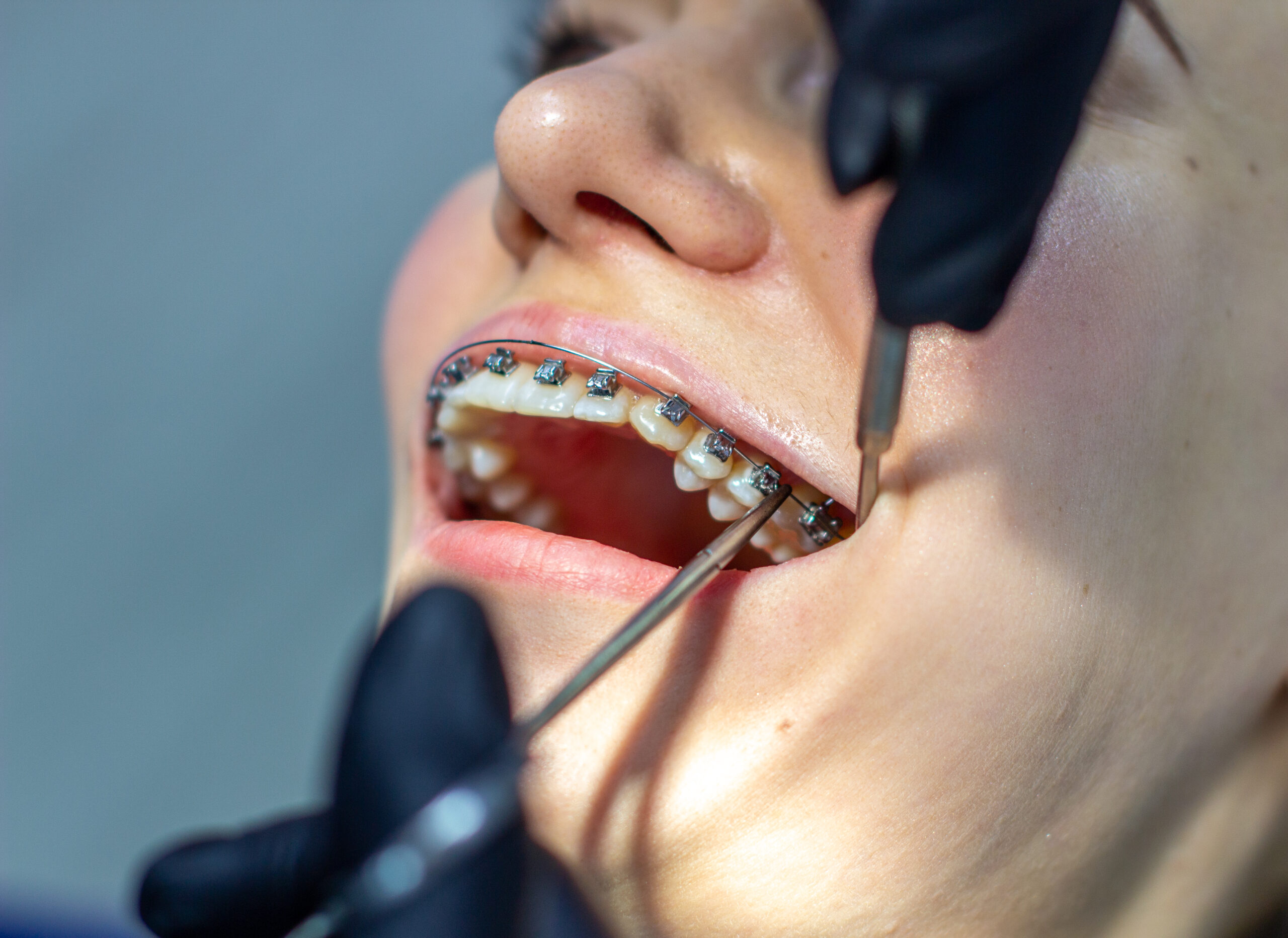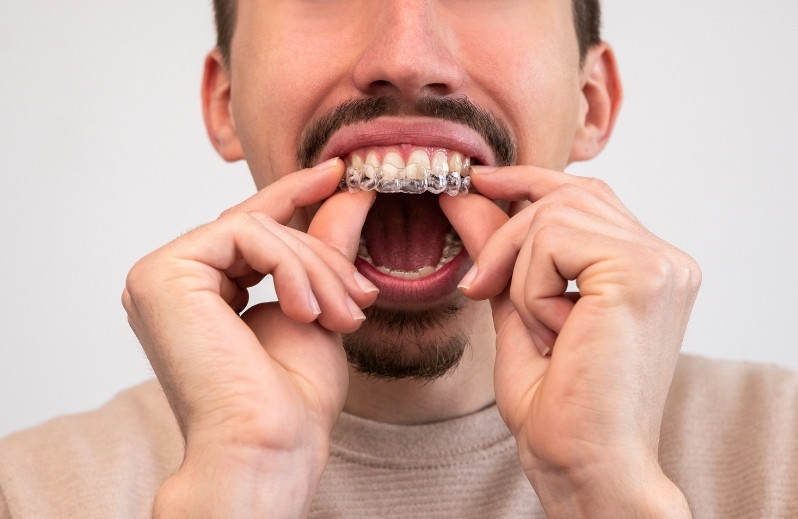Call: (810) 674-3060
How to Handle Invisalign Discomfort: Tips for a Smooth Experience

You’re excited to start your Invisalign journey—no brackets, no wires, just a clear path to a straighter smile. But then, the soreness kicks in. Your teeth feel a little tender, and your gums might not feel all good, either. Sound familiar? Don’t worry; you’re not alone!
It’s okay if there is some mild discomfort, especially when transitioning to a new set of aligners. The best news? It only lasts briefly, and there are tons of easy tips you can use to get through the transition period more easily. Scroll down for quick and simple fixes to stay comfortable and keep your Invisalign treatment on track!
How Can Invisalign Cause You Discomfort?
The slight discomfort that comes with Invisalign is actually a sign that your aligners are doing their job! Understand why this happens:
- Gentle Pressure on Teeth—Each new set of aligners slowly shifts your teeth, which may cause an ache for a couple of days.
- Aligner Edges Affecting the Gums – The edges of your trays will be uncomfortable at first, but your mouth will adapt to them over time.
- Mild Speech Changes – Some individuals have a temporary lisp or increased saliva flow as their tongue adjusts to the aligners.
While these sensations are common, they shouldn’t be painful or unbearable. If you’re feeling uncomfortable, the tips below will help, or you can consult an Invisalign dentist in Burton.
Tips to Manage Invisalign Discomfort
Use Orthodontic Wax on Rough Edges
When your aligners are rubbing the inside of your mouth, orthodontic wax is an angel. Just put a wee bit in the area that’s bugging you, and it will form a slick barrier between your mouth and the aligner.
Use Over-the-Counter Pain Meds
For mild discomfort, ibuprofen or acetaminophen pain relievers can help. Take them as directed, especially before putting on a new set of aligners, to minimize initial soreness.
Apply a Cold Compress or Cold Water
Cold will anesthetize pain and shrink swelling. Try:
- Applying a cold compress to your jaw for 10–15 minutes.
- Sipping cold water throughout the day to minimize your Invisalign pain.
- Do not chew ice, as it will crack your teeth and aligners.
Follow the 22-Hour Rule
Wearing the aligners for 22 hours a day or more allows your teeth to adapt at a faster pace. Taking them out too often will mean your teeth won’t move as anticipated, hence prolonging discomfort.
Switch to New Aligners at Night
Wearing new aligners to bed allows your mouth to adjust at night. Upon waking, you will feel minimal discomfort.
Practice Good Oral Hygiene
- Brushing and cleaning aligners thoroughly keeps bacteria out, which could cause irritation to your mouth.
- Rinse your teeth as soon as possible after a meal before putting your aligners back in.
- Gently brush your aligners with lukewarm water—hotter water will warp them.
Follow a Soft Food Diet During the Adaptation Period
In the initial day or two of changing over to a fresh set of aligners, consume soft foods like:
- Mashed potatoes
- Yogurt
- Smoothies
- Scrambled eggs
Avoid crunchy or sticky foods. They will aggravate tenderness, and it is best to avoid them during this adaptation period.
Invisalign pain is just temporary, and with these simple tips, you can have a smooth experience. Stay strong, and in no time at all, you won’t even realize you have your aligners on!
Need a little assistance along the way? Our Invisalign dentist’s got your back.




